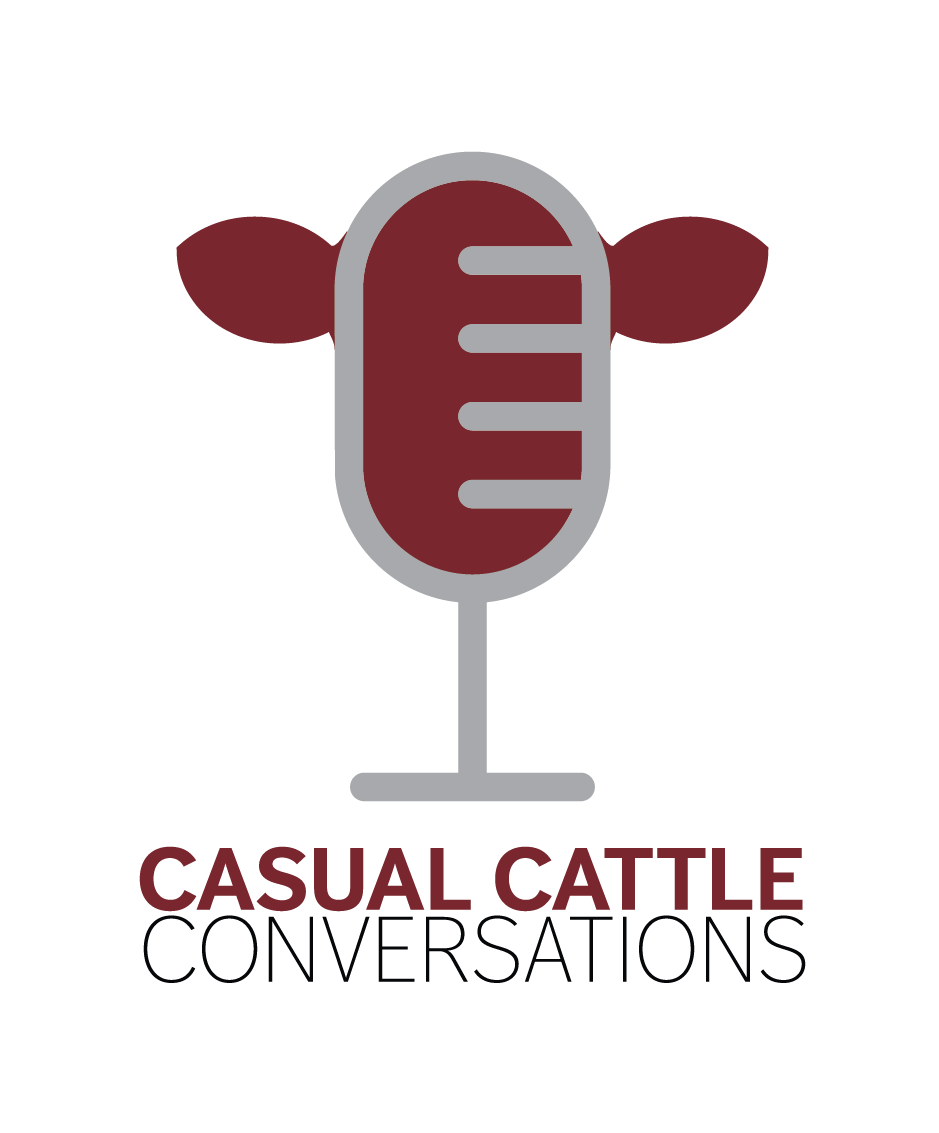How Retailers View Beef: Consumer Trends Ranchers Can’t Ignore
Learn how consumers and grocers view beef!
Good prices? Quality product? Consistency? Traceability?
What is it that consumers truly want from the beef they feed their families?
“No matter what we think is important as ranchers, the three most important things to retailers and consumers are having a good product, in stock and at a good value,” says Lamar Steiger, owner of The 808 Ranch and a consultant for various retailers.
“In 2014, the CEO of Walmart U.S. asked me to consult with them to improve their beef reputation,” Steiger says. “The education and experience I got on the retail side has been an enormous help to what my family should be thinking about as ranchers.”
Beef consumption continues to grow, even with higher prices.
“People across the country and the world love beef—there’s no doubt about that,” Steiger says. “From May 2024 to May 2025, consumers are eating 1% more beef by weight.”
So, what’s driving this increase in demand?
“Consumers are really interested in health and are doing their research,” Steiger says. “We have a really good product for them, and they’re figuring that out.”
But discovering a good product and continuing to buy it are two different things. What keeps people coming back?
“Consumers are demanding a high-quality product,” Steiger says. “Customers may not understand marbling or grading systems, but when they get a disappointing steak, they remember it.”
Retailers like Walmart make it easy for customers to buy consistent quality.
“The color of the tray indicates the quality and price point,” he says. “Their customers have trained themselves to buy based on tray color—black tray is the upper 2/3s choice while the blue tray is prime which means the best quality.”
Traceability has been a hot topic among producers and consumers for years. But what does it actually mean to the customer?
“A grocer once told me that every consumer wants to know that the grocer knows where their food comes from,” Steiger says. “What I’ve found is that about 10% to 15% of consumers want to know more and seek verification. Around 5% or less are interested in specialty programs or animal management practices.”
So, if that’s what consumers want, what do grocers care about?
“Grocers want to win at beef,” Steiger says. “They know that when someone buys beef, they also buy a lot more items. Most of their margin comes from those other products, so they win the consumer with the quality and price of beef.”
Keeping a high-quality product on the shelf at a fair price is crucial.
“Consistency of value and quality is so much more important than what we usually talk about in the industry,” Steiger says. “Every animal we raise needs to have its best day every day so the quality of that product makes the consumer happy.”
Traceability matters to grocers, too.
“Grocers want to make claims that their beef is American, but their lawyers won’t allow it unless the animal can be tracked through EID or other means,” he says. “Large supply chains have really been hindered by the inability to gather a large group of traceable animals.”
That applies to smaller grocers as well.
“There are a lot of grocers who don’t have the size and power of Walmart, but they still want traceability so they can make claims that matter to their customers,” he adds.
So, what does all this mean for the American rancher?
“I think the future is going to be more and more coordinated supply chains,” Steiger says. “Producers of any product do better when they’re part of something bigger than themselves.”
Ultimately, it’s about seeing the bigger picture—and recognizing the impact genetic selection and management decisions have on the consumer’s experience.
“I would challenge ranchers to shift their thinking from selling pounds to selling something the consumer loves to put on their plate,” Steiger says.
Listen to the full conversation on the Casual Cattle Conversations podcast.

